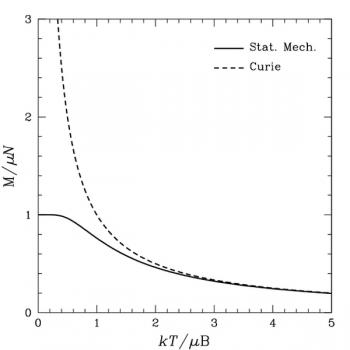Mathematical physics is the study of mathematical methods for application of problems in physics. There are five distinct branches of mathematical physics: geometrically advanced formulation of classical mechanics, partial differential equations, quantum theory, Relativity and Quantum Relativistic Theories and statistical mechanics. Each branch has its own section of physics problems in which it corresponds to.
Mathematical physics is denoted by the nature of research. The research is aimed at studying and solving problems inspired by physics within a mathematically rigorous framework. Therefore, mathematical physics can cover a broad range of topics from pure mathematics to theoretical physics. Mathematical physicist does not conduct experiments like “regular” physicists do. The advent of the computer has created a new application of mathematical physics however that allows highly complex simulations being conducted. These simulations are run off of complex mathematical models to model certain phenomena.
© BrainMass Inc. brainmass.com June 28, 2024, 3:34 pm ad1c9bdddf
